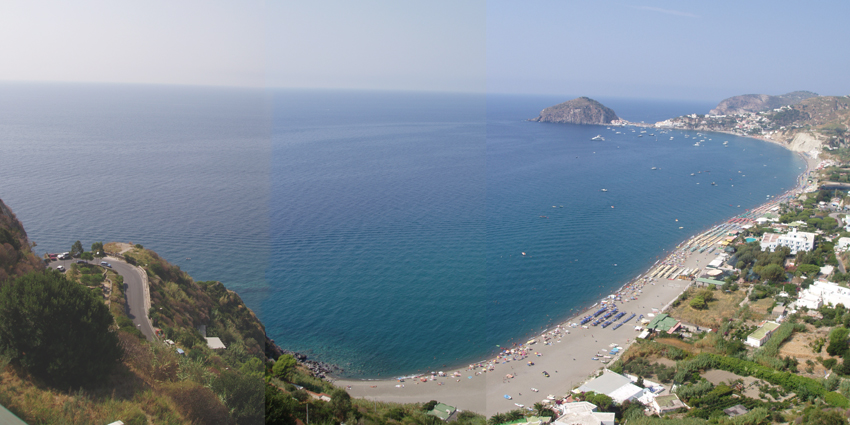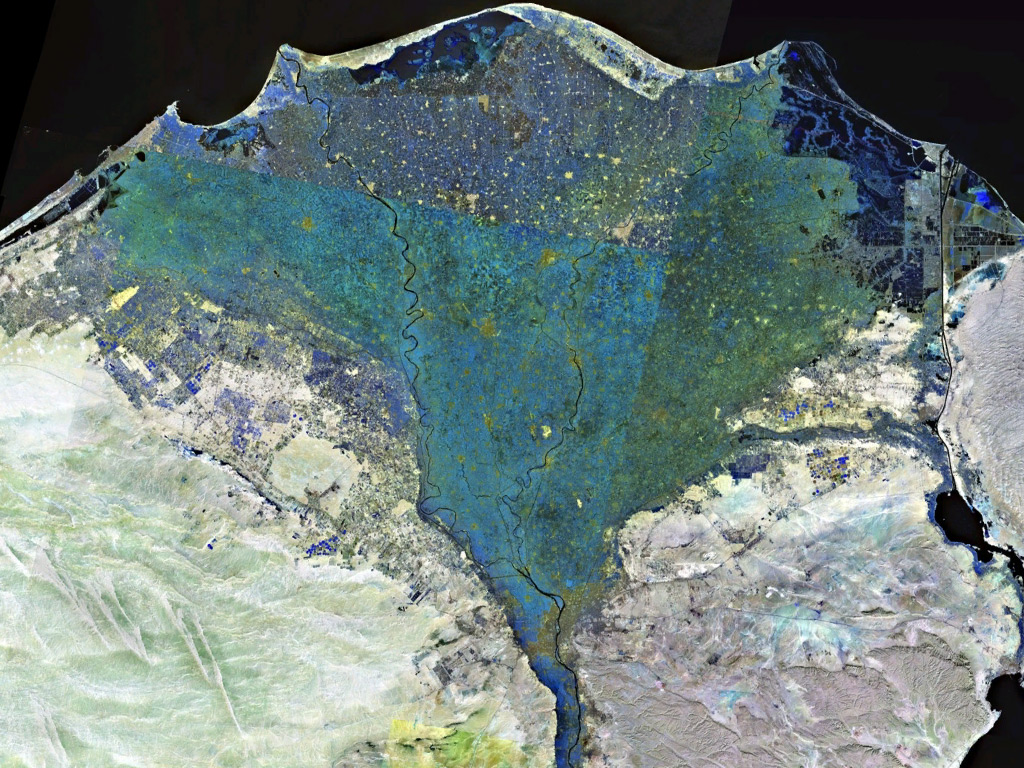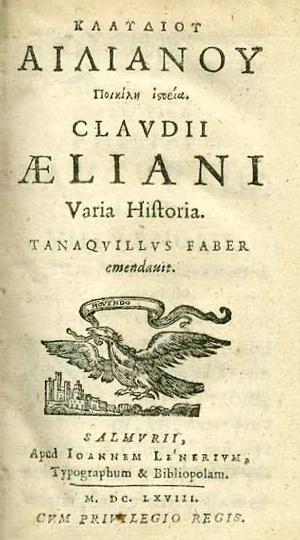|
Bakenranef
Bakenranef, known by the ancient Greeks as Bocchoris (Ancient Greek: , ; Latin: ) or Bochchoris (, ; Latin: ) was briefly a king of the 24th Dynasty of Egypt. Based at Sais in the western Delta, he ruled Lower Egypt from c. 725 to 720 BC. Though the Ptolemaic period Egyptian historian Manetho considers him the sole member of the 24th Dynasty, modern scholars include his father Tefnakht in that dynasty. Although Sextus Julius Africanus quotes Manetho as stating that "Bocchoris" ruled for six years, some modern scholars again differ and assign him a shorter reign of only five years, based on evidence from an Apis Bull burial stela. It establishes that Bakenranef's reign ended only at the start of his 6th regnal year which, under the Egyptian dating system, means he had a reign of 5 full years. Bakenranef's prenomen or royal name, ''Wahkare'', means "Constant is the Spirit of Re" in Egyptian. Literary sources Manetho is the source for two events from Bakenranef's reign. The first ... [...More Info...] [...Related Items...] OR: [Wikipedia] [Google] [Baidu] |
24th Dynasty Of Egypt
The Twenty-fourth Dynasty of Egypt (notated Dynasty XXIV, alternatively 24th Dynasty or Dynasty 24) is usually classified as the fourth Dynasty of the Ancient Egyptian Third Intermediate Period. History The Twenty-Fourth Dynasty was a short-lived group of pharaohs who had their capital at Sais in the western Nile Delta. Tefnakht I Tefnakht I formed an alliance of the Delta kinglets, with whose support he attempted to conquer Upper Egypt; his campaign attracted the attention of the Nubian king, Piye, who recorded his conquest and subjection of Tefnakhte of Sais and his peers in a well-known inscription. Tefnakht is always called the "Great Chief of the West" in Piye's Victory stela and in two stelas dating to the regnal years 36 and 38 of Shoshenq V. It is uncertain if he ever adopted an official royal title. However, Olivier PerduOlivier Perdu, "La Chefferie de Sébennytos de Piankhy à Psammétique Ier", ''Revue d'Égyptology'' 55 (2004), pp. 95-111. has now argued that a cer ... [...More Info...] [...Related Items...] OR: [Wikipedia] [Google] [Baidu] |
24th Dynasty
The Twenty-fourth Dynasty of Egypt (notated Dynasty XXIV, alternatively 24th Dynasty or Dynasty 24) is usually classified as the fourth Dynasty of the Ancient Egyptian Third Intermediate Period. History The Twenty-Fourth Dynasty was a short-lived group of pharaohs who had their capital at Sais in the western Nile Delta. Tefnakht I Tefnakht I formed an alliance of the Delta kinglets, with whose support he attempted to conquer Upper Egypt; his campaign attracted the attention of the Nubian king, Piye, who recorded his conquest and subjection of Tefnakhte of Sais and his peers in a well-known inscription. Tefnakht is always called the "Great Chief of the West" in Piye's Victory stela and in two stelas dating to the regnal years 36 and 38 of Shoshenq V. It is uncertain if he ever adopted an official royal title. However, Olivier PerduOlivier Perdu, "La Chefferie de Sébennytos de Piankhy à Psammétique Ier", ''Revue d'Égyptology'' 55 (2004), pp. 95-111. has now argued that a cer ... [...More Info...] [...Related Items...] OR: [Wikipedia] [Google] [Baidu] |
Tefnakht
Shepsesre Tefnakht (in grc, Τνέφαχθος, translit=Tnephachthos) was a prince of Sais and founder of the relatively short Twenty-fourth Dynasty of Egypt; he rose to become a Chief of the Ma in his home city. He is thought to have reigned roughly 732 BCE to 725 BCE, or seven years. Tefnakht I first began his career as the "Great Chief of the West" and Prince of Sais and was a late contemporary of the last ruler of the 22nd Dynasty: Shoshenq V. Tefnakht I was actually the second ruler of Sais; he was preceded by Osorkon C, who is attested by several documents mentioning him as this city's Chief of the Ma and Army Leader, according to Kenneth Kitchen, while his predecessor as Great Chief of the West was a man named Ankhhor. A recently discovered statue, dedicated by Tefnakht I to Amun-Re, reveals important details about his personal origins. The statue's text states that Tefnakht was the son of a certain Gemnefsutkapu and the grandson of Basa, a priest of Amun near Sais. Con ... [...More Info...] [...Related Items...] OR: [Wikipedia] [Google] [Baidu] |
25th Dynasty
The Twenty-fifth Dynasty of Egypt (notated Dynasty XXV, alternatively 25th Dynasty or Dynasty 25), also known as the Nubian Dynasty, the Kushite Empire, the Black Pharaohs, or the Napatans, after their capital Napata, was the last dynasty of the Third Intermediate Period of Egypt that occurred after the Nubians, Nubian invasion. The 25th dynasty was a line of pharaohs who originated in the Kingdom of Kush, located in present-day northern Sudan and Upper Egypt. Most of this dynasty's kings saw Napata as their spiritual homeland. They reigned in part or all of Ancient Egypt for nearly a century, from 744 to 656 BC. The 25th dynasty was highly Egyptianized, using the Egyptian language and writing system as their medium of record and exhibiting an unusual devotion to Egypt's religious, artistic, and literary traditions. Earlier scholars have ascribed the origins of the dynasty to immigrants from Egypt, particularly the Egyptian Amun priests. The third intermediate-period Egypt ... [...More Info...] [...Related Items...] OR: [Wikipedia] [Google] [Baidu] |
Bay Of Naples
A bay is a recessed, coastal body of water that directly connects to a larger main body of water, such as an ocean, a lake, or another bay. A large bay is usually called a gulf, sea, sound, or bight. A cove is a small, circular bay with a narrow entrance. A fjord is an elongated bay formed by glacial action. A bay can be the estuary of a river, such as the Chesapeake Bay, an estuary of the Susquehanna River. Bays may also be nested within each other; for example, James Bay is an arm of Hudson Bay in northeastern Canada. Some large bays, such as the Bay of Bengal and Hudson Bay, have varied marine geology. The land surrounding a bay often reduces the strength of winds and blocks waves. Bays may have as wide a variety of shoreline characteristics as other shorelines. In some cases, bays have beaches, which "are usually characterized by a steep upper foreshore with a broad, flat fronting terrace".Maurice Schwartz, ''Encyclopedia of Coastal Science'' (2006), p. 129. Bays were s ... [...More Info...] [...Related Items...] OR: [Wikipedia] [Google] [Baidu] |
Ischia
Ischia ( , , ) is a volcanic island in the Tyrrhenian Sea. It lies at the northern end of the Gulf of Naples, about from Naples. It is the largest of the Phlegrean Islands. Roughly trapezoidal in shape, it measures approximately east to west and north to south and has about of coastline and a surface area of . It is almost entirely mountainous; the highest peak is Mount Epomeo, at . The island is very densely populated, with 62,000 residents (more than 1,300 inhabitants per square km). Ischia is also well known for its thermal water and thermal gardens used since ancient times. Its volcanic nature makes Ischia one of the largest spas in Europe. Ischia's thermal waters are alkaline. Already the first Euboic settlers (8th century BC), as evidenced by the numerous archaeological finds found in the site of Pithecusa and preserved in thArchaeological Museum of Villa Arbustoin Lacco Ameno, appreciated and used the waters of the island's thermal springs. The Greeks, in fact, used ... [...More Info...] [...Related Items...] OR: [Wikipedia] [Google] [Baidu] |
Scarab Artifact
Scarabs were popular amulets and impression seals in ancient Egypt. They survive in large numbers and, through their inscriptions and typology, are an important source of information for archaeologists and historians of the ancient world. They also represent a significant body of ancient art. For reasons that are not clear (although likely connected to the religious significance of the Egyptian god Khepri), amulets in the form of scarab beetles had become enormously popular in Ancient Egypt by the early Middle Kingdom (approx. 2000 BCE) and remained popular for the rest of the pharaonic period and beyond. During that long period the function of scarabs repeatedly changed. Primarily amulets, they were also inscribed for use as personal or administrative seals or were incorporated into jewelry. Some scarabs were created for political or diplomatic purposes to commemorate or advertise royal achievements. By the early New Kingdom, ''heart scarabs'' had become part of the battery of ... [...More Info...] [...Related Items...] OR: [Wikipedia] [Google] [Baidu] |
Robin Lane Fox
Robin James Lane Fox, (born 5 October 1946) is an English classicist, ancient historian, and gardening writer known for his works on Alexander the Great. Lane Fox is an Emeritus Fellow of New College, Oxford and Reader in Ancient History, University of Oxford. Fellow and Tutor in Ancient History at New College from 1977 to 2014, he serves as Garden Master and as Extraordinary Lecturer in Ancient History for both New and Exeter Colleges. He has also taught Greek and Latin literature and early Islamic history. His major publications, for which he has won literary prizes including the James Tait Black Award, the Duff Cooper Prize, the Heinemann Award and the Runciman Award, include studies of Alexander the Great and Ancient Macedon, Late Antiquity, Christianity and Paganism, the Bible and history, and the Greek Dark Ages. In addition, he is the gardening correspondent of the ''Financial Times''. Early life Lane Fox was educated at Eton College, an all-boys public school near ... [...More Info...] [...Related Items...] OR: [Wikipedia] [Google] [Baidu] |
Nile Delta
The Nile Delta ( ar, دلتا النيل, or simply , is the delta formed in Lower Egypt where the Nile River spreads out and drains into the Mediterranean Sea. It is one of the world's largest river deltas—from Alexandria in the west to Port Said in the east, it covers of Mediterranean coastline and is a rich agricultural region. From north to south the delta is approximately in length. The Delta begins slightly down-river from Cairo. Geography From north to south, the delta is approximately in length. From west to east, it covers some of coastline. The delta is sometimes divided into sections, with the Nile dividing into two main distributaries, the Damietta and the Rosetta, flowing into the Mediterranean at port cities with the same name. In the past, the delta had several distributaries, but these have been lost due to flood control, silting and changing relief. One such defunct distributary is Wadi Tumilat. The Suez Canal is east of the delta and enters the coa ... [...More Info...] [...Related Items...] OR: [Wikipedia] [Google] [Baidu] |
Claudius Aelianus
Claudius Aelianus ( grc, Κλαύδιος Αἰλιανός, Greek transliteration ''Kláudios Ailianós''; c. 175c. 235 AD), commonly Aelian (), born at Praeneste, was a Roman author and teacher of rhetoric who flourished under Septimius Severus and probably outlived Elagabalus, who died in 222. He spoke Greek so fluently that he was called "honey-tongued" ( ); Roman-born, he preferred Greek authors, and wrote in a slightly archaizing Greek himself. This cites: * ''Editio princeps'' of complete works by Gesner, 1556; Hercher, 1864-1866. * English translation of the ''Various History'' only by Fleming, 1576, and Stanley, 1665 * Translation of the ''Letters'' by Quillard (French), 1895 His two chief works are valuable for the numerous quotations from the works of earlier authors, which are otherwise lost, and for the surprising lore, which offers unexpected glimpses into the Greco-Roman world-view. It is also the only Greco-Roman work to mention Gilgamesh. ''De Natura Animalium'' ... [...More Info...] [...Related Items...] OR: [Wikipedia] [Google] [Baidu] |
Bond (finance)
In finance, a bond is a type of security under which the issuer ( debtor) owes the holder ( creditor) a debt, and is obliged – depending on the terms – to repay the principal (i.e. amount borrowed) of the bond at the maturity date as well as interest (called the coupon) over a specified amount of time. The interest is usually payable at fixed intervals: semiannual, annual, and less often at other periods. Thus, a bond is a form of loan or IOU. Bonds provide the borrower with external funds to finance long-term investments or, in the case of government bonds, to finance current expenditure. Bonds and stocks are both securities, but the major difference between the two is that (capital) stockholders have an equity stake in a company (i.e. they are owners), whereas bondholders have a creditor stake in a company (i.e. they are lenders). As creditors, bondholders have priority over stockholders. This means they will be repaid in advance of stockholders, but will rank behind s ... [...More Info...] [...Related Items...] OR: [Wikipedia] [Google] [Baidu] |
Debt
Debt is an obligation that requires one party, the debtor, to pay money or other agreed-upon value to another party, the creditor. Debt is a deferred payment, or series of payments, which differentiates it from an immediate purchase. The debt may be owed by sovereign state or country, local government, company, or an individual. Commercial debt is generally subject to contractual terms regarding the amount and timing of repayments of principal and interest. Loans, bonds, notes, and mortgages are all types of debt. In financial accounting, debt is a type of financial transaction, as distinct from equity. The term can also be used metaphorically to cover moral obligations and other interactions not based on a monetary value. For example, in Western cultures, a person who has been helped by a second person is sometimes said to owe a "debt of gratitude" to the second person. Etymology The English term "debt" was first used in the late 13th century. The term "debt" comes ... [...More Info...] [...Related Items...] OR: [Wikipedia] [Google] [Baidu] |
_det.jpg)
.jpg)






.jpg)
